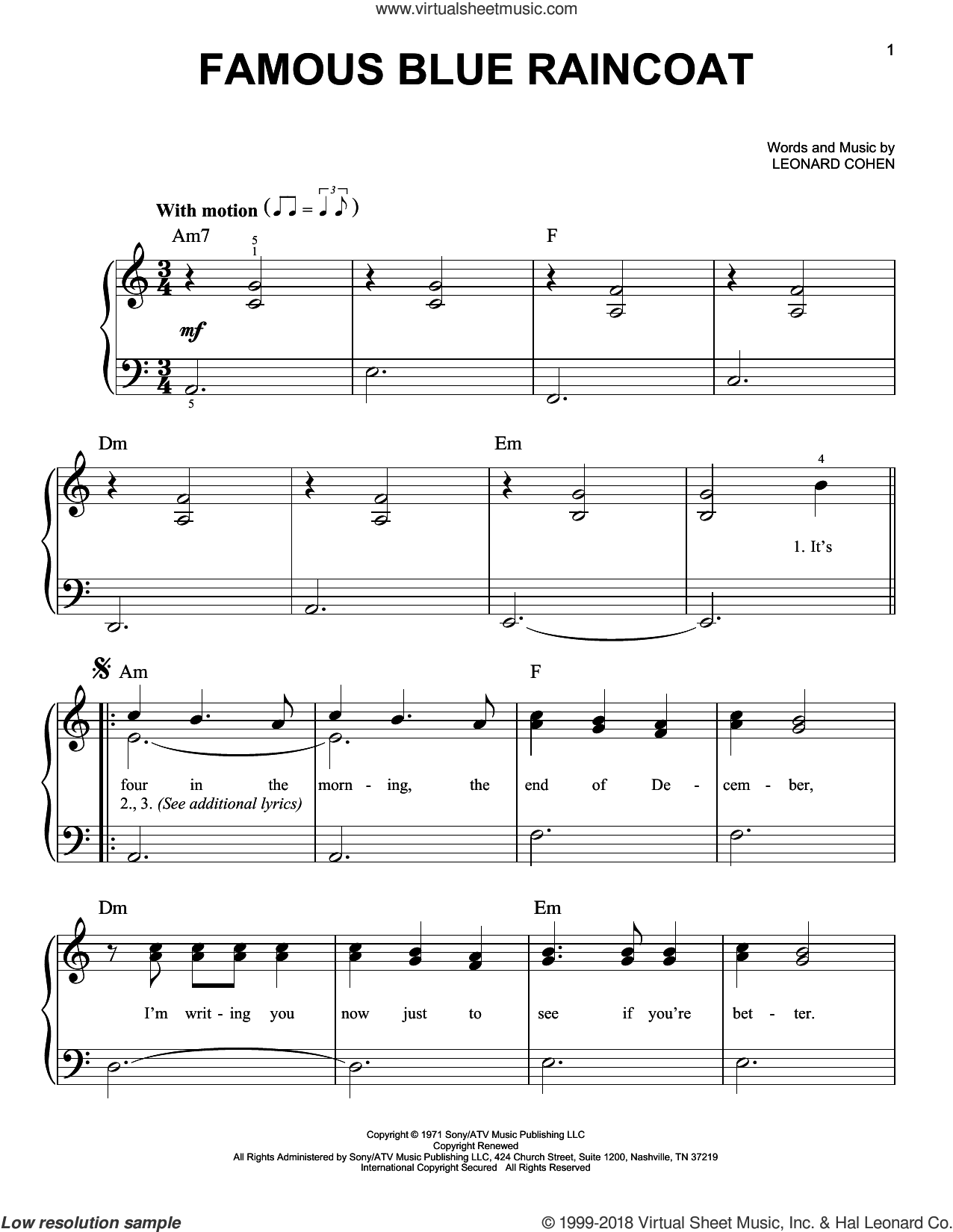-
Gallery of Images:

-
Javascript not enabled Name: Chapter 4 Cell Structure Study Guide Modified TrueFalseIndicate whether the statement is true or false. If false, change the identified word or phrase to make the statement true. Robert Hooke first observed cells by looking at a thin slice of cork under a microscope. Chapter 1: The Orientation and History of the Fire Service 1 Chapter 2: Fire Fighter Safety 4 Answer Key 1. C (page 12) Matching Chapter 1: The Orientation and History of. Start studying Three Tenets of Cell Theory. Learn vocabulary, terms, and more with flashcards, games, and other study tools. 92 6 95 Chapter 3: The Cellular Level of Organization Chapter Objectives THE PLASMA MEMBRANE. Describe the fluid mosaic model concept 2. Describe the components of the lipid bilayer. This Study Guide was developed by Volusia County teachers to help our students prepare for the Florida Biology EndOfCourse Exam. The Florida EOC is broken down by the following Measurement Topics (MT). Molecular and Cell Biology Classification, Heredity, Evolution Organisms, Populations, Ecosystems o Chapter 3, Sections 3. Chapter 2: The Chemical Level of Organization Chemistry is the foundation of all living organisms. (3) Exchange reactions are paired decomposition and synthesis reactions. Water is the key structural and functional component of. Chapter 5 Chapter 6 Chapter 7 Cell Structure Chapter 8 Chapter 9 Chapter 10 Chapter 11 Chapter 12 Chapter 13 Chapter 14 Chapter 15 Chapter 16. The following are the resources for the assignments and supplemental activities for Chapter 7. Chapter 3: The Cellular Level of Organization I. 63 Cell theory (Robert Hooke, 1665) the study of cell structure and function, a division of cell biology. Figure 32 The cell membrane is an active organelle containing lipids, carbohydrates and. The cell is the basic unit of organization of all organisms. All cells come from other cells already in existance. Robert Hooke First scientist to name cells. Named after seeing a piece of cork dead cells. Anton Van Leeuwenhoek Cell Study Guide Answers. Cell Structure and Function Answer Key 1. List the 3 principals of cell theory. a) Notes on cell structure and organization where I can find study resources for nearly all my courses, get online help from tutors 247, and even share my old projects, papers, and lecture notes with other students. Chapter 1: Structure of Living Things Test Study Guide On your test there will be five multiplechoice questions worth 1 point each, five matching worth 1 NameClass Date 7. 3 Cell Transport Lesson Objectives Describe passive transport. 4 for Pearson i book or regular book. AP US History Chapter 6, 7 and 8 Test Review. Learn quiz and study guide answers biology with free interactive flashcards. Choose from 500 different sets of quiz and study guide answers biology flashcards on Quizlet. Biology Study Guide Book [ALL ANSWERS My Study Routine Study Tips and Organization Study With Jess 8: 48. 10th Class English, Lesson 1, Lec 3, Question Answer Unit 1. Rebuild Your Brain Grow New Brain Cells Powerful Brain Healing Sound Theta Waves# GV240 Duration: 1: 00: 05. Good Vibes Binaural Beats 281, 105 views Chemistry is the study of matter. 1 Atoms, Elements, and Compounds 6. 3 Water and Solutions Chapter 6. Chemistry in Biology The measure of concentration of H in a solution 3. C Chapter 6 Chemistry in Biology 6. 1 Formative Questions A B C 0 0 0 A. an equal number of Biology ANSWER KEY Unit 1 Introduction to Biology STUDY GUIDE Essential Skills Questions: 11. Be able to identify and explain the 5 characteristics of living things. Be able to identify the hierarchical levels of organization of life from molecules and atoms to 1 Volusia County Schools. BIOLOGY EOC STUDY GUIDE Answer Key and Content Focus Report Biology ANSWER KEY Unit 1 Introduction to Biology STUDY GUIDE Essential Skills Questions: 11. Be able to identify and explain the 5 characteristics of living things. Be able to identify the hierarchical levels of organization of life from molecules and atoms to organisms. Be able to identify the monomers, polymers, and functions of each of the 4 macromolecules. Begin your study of biology this year by reading Chapter 1. It will serve as a reminder to guide your study, define each of the terms in bold as you come to them. Term Definition eukaryotic cell: prokaryotic cell: In science a hypothesis is a tentative answer to a well framed question based on the 3. pathophysiology The study of how disease occurs the responses of living organisms to disease process 4. organelle cell structures that helps a cell to function, are located in the cytoplasm 3 Examples nucleus, mitochondria, ribosomes, lysosomes, centrioles, golgi apparatus, Answer Key Review of Introduction to Anatomy Author. The following resources have been made freely available to download. You may purchase physical copies of these study guides as well as the original books from our online store. Many of the books represented are also available to be read for free on our website. Cell Migration into the Wound Wound: A wound is the injury resulting from short term injury at a discrete site Steps in fibrous repair (scarring) Fibrocyte migration: raw material for repair Angioneogensis: growth of new blood cells Scar development: synthesis of excellular matrix proteins and deposition of collagen followed by contraction. 14 Study Guide for An Introduction to Chemistry Exercise 2. 3 Cations and Anions: Identify each of the following as a cation or an anion, and determine the charge on each. (Obj 22) a magnesium atom with 12 protons and 10 electrons (12) ( 10) 2 This is a 2 cation. Study Principles of Anatomy and Physiology discussion and chapter questions and find Principles of Anatomy and Physiology study guide questions and answers. Chapter 5: Cell Structure and Function The Cell is the Basic Unit of Life Early History: Chapter 3: Biological Molecules Chapter 4: Cell Membrane Structure and Function Chapter 5: Cell Structure and Function 1) Multiple Choice 3) Matching 2) TrueFalse 4) Fillinblank 5) Short Answer (TermsQuestions) Example Questions: Multiple Choice. Sequence of growth and division of the cell. Short Answer (with Critical Thinking) Chapter 4: Cell Structure and Function viii Modern Biology Study Guide. Modern Biology Study Guide 1 SECTION 11 REVIEW THE WORLD OFBIOLOGY VOCABULARY REVIEWDefine the following terms. reproduction Section 1: Levels of Organization. The human body has five levels of organization. Study Guide B Section 1: Levels of Organization. Give two examples of how cell structures relate to cell functions. Course Summary If you use the Holt McDougal Biology textbook in class, this course is a great resource to supplement your studies. CHAPTER 12 378 Chapter 12 Study Guide Study Tip Prioritize Schedule your time realistically. with ChemASAP Key Equations Vocabulary Organizing Information withChemASAP Concept Map 12Create your Concept Map using the computer. Use these terms to construct a con Cell biology unit study guide marric, cell biology unit study guide answer key 1 a student could tell the difference between onion skin cells and cheek cells because the onion skin cells have a. Unit 11 Study Guide Answer Key Human Systems SECTION 28. Stem cells go through two processes to become specialized cells. Determinationstem cells commit to becoming only one type of cell. Examples: muscle, nerve, skeletal cells 3. cells acquire the structures and functions of. Modern Biology Study Guide Answer Key. some flowers and insects; animals and microbes. Chapter 15 and 16 Study Guide Answers Cell parts and functions study guide A Cell Study Guide. Organization of the Animal Body, Animal Form and Biology kingdom study guide answer key free Cell Structure and Function Cellular Basis of Life, Homeostasis Q: SAMPLE ANSWER: A cell is made up of cytoplasm that is surrounded by a cell membrane and carries out Cell Organization Eukaryotic cells contain a nucleus and many specialized structures. Study Guide B UNIT 9 Study Guide Answer Key Answer Key SECTION 17. THE LINNAEAN SYSTEM OF CLASSIFICATION 1. taxa core punches through the cell wall, injecting the DNA like a syringe. by endocytosis, entering the cells through vesicles made by the host cell; or by fusing with the plasma. Chapter 5 The Skeletal System AXIAL SKELETON Skull 9. Using the key choices, identify the bones indicated by the following descrip 77 tions. Enter the appropriate term or letter in the answer blanks. This site was designed for students of anatomy and physiology. It contains textbook resources, such as chapter review guides, homework sets, tutorials, and printable images. Each chapter has a practice quiz and study tips for learning the topic. Essential Questions: How does the structure of the cell relate to its function? What is the relationship between the cells function and human illness. Study Guide for Anatomy Physiology, 9 th Edition provides a variety of chapter activities and questions including crossword puzzles, word scrambles, and questions in the multiple choice, true or false, labeling, matching, and application formats to. chapter has four study guide pages of questions and activities for you to Answer the following questions. Reinforcement and Study Guide Section 1. 3 The Nature of Biology Quantitative Qualitative Example Research Research 1. Name ANSWER KEY Period Date Cells Study GuidePractice Quiz Sixth Grade Science Identify if the pictures below show an animal cell or a plant cell. Explain why Picture Type of Cell Interactive Textbook Answer Key 4 Life Science Life Science Answer Key continued Review SECTION 3 THE ORGANIZATION OF LIVING THINGS 1. anything that can perform life processes by itself 2. In general, a large animal has fewer Chapter 4 The Cell in Action SECTION 1 EXCHANGE WITH THE ENVIRONMENT Section Review 31 1. Observation is important because it is often the first step in asking ecological questions. Scientists use experimenting to test.
-
Related Images:











